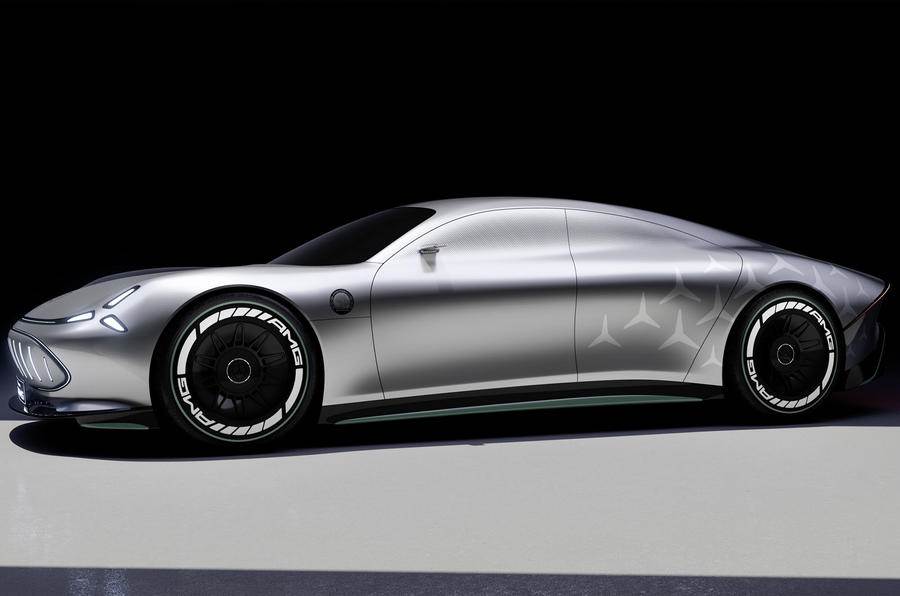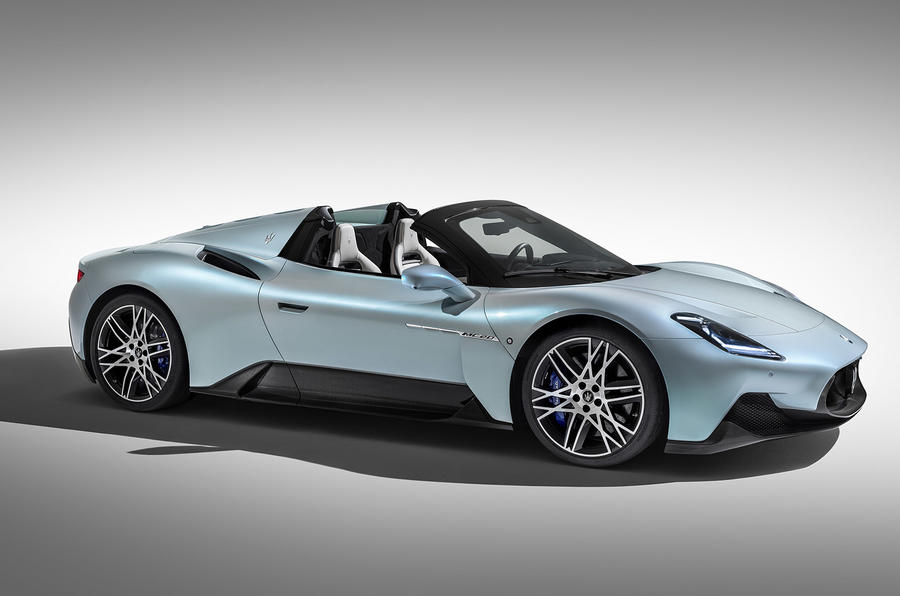Celebrating four decades of India’s favourite car that became a giant and changed Indian roads forever.
You couldn’t make it up if you tried. A plane crash, a mother’s (and also a prime minister’s) love for her son, a brilliant bunch of bureaucrats who had no clue (initially) of the car business they became the architects of, a dogged and feisty Japanese entrepreneur willing to take a huge gamble, a twist of fate and lots of luck. Sounds like a Hollywood script laced with intrigue but this is actually the true, fairytale story of how Maruti came to be. It became the car company that put India on wheels with the dinky Maruti 800, in much the same way the Ford Model T did in America in the early 20th century and the Volkswagen Beetle in Europe after World War II.
Maruti was conceived in unique circumstances and that’s what makes its story utterly captivating and worthy of a docudrama series (hint, Netflix). The company was born out of the late Prime Minister Indira Gandhi’s desire to establish a national car company as a monument to her son. Sanjay Gandhi tried his hand at the car business but was spectacularly unsuccessful and in 1977, his company – the original Maruti – went bust before it even started making cars. What’s fascinating is that there were absolutely no plans to resurrect Sanjay Gandhi’s shuttered car business, but that suddenly changed after his tragic death in a plane crash in 1980. His death made his mother determined to fulfil his dream of building an indigenous people’s car and yes, it did help that she was the prime minister of India at the time. What if Sanjay Gandhi hadn’t died in that fateful plane crash? It’s likely that Maruti as the car company we know today would never have happened. But it did and in a way that went completely against the national policy. Who could have imagined that the Indian government would get involved in making cars, a glaring symbol of luxury that was at direct odds against the socialist and planned economic environment at the time? Indira Gandhi changed policy, made exceptions and went against the grain of the government’s socialist ideals.
A new entity, Maruti Udyog Ltd, was formed in 1981 led by the brightest minds from the public sector, but none of them had any idea on how to build a car company. Chairman V Krishnamoorthy and RC Bhargava, the sales and marketing director who went on to become the MD for 12 years, started out as novices with just a book on ‘World Cars’ to guide them in their search for a suitable partner.
The quest for a partner is also a story full of drama and eventually a twist of fate. After knocking on the doors of global auto giants like Fiat, Peugeot, Volkswagen, Renault and Nissan, all of whom turned down Maruti thinking there was no future in India’s non-existent auto industry, Daihatsu emerged as a front-runner. Osamu Suzuki got wind of the news and immediately sent a team to India to negotiate a deal. Suzuki was willing to gamble on India’s potential and didn’t want to lose the chance of partnering with Maruti and quickly signed a joint venture agreement on October 2, 1982 to snatch the project from under the nose of Daihatsu who were hesitant to sign on the dotted line. The rest as they say is history.
A brand-new factory, supplier base, dealer and distribution network was set up in a record 14 months. That was a shockingly short time frame that made even the most aggressive automakers like the Koreans seem slow and for a public sector company to move so fast was simply unbelievable. But it happened. Clearances were given for Indira Gandhi’s pet project instantly and unlike other public sector companies, politicians and bureaucrats couldn’t meddle with this one. In fact, thanks to Mrs Gandhi, this is one company that got a red carpet instead of red tape to meet the deadline for the launch of the first car. And that deadline happened to be Sanjay Gandhi’s birthday.
Exactly 40 years ago on December 14, 1983, an Indian Airlines employee, Harpal Singh, was handed the keys of the first Maruti 800 by Prime Minister Indira Gandhi. He could never have imagined, or anyone for that matter, that Indian roads would never be the same again.
The 800 breezed into India as a wonder car with a long list of ‘firsts’. This little Suzuki was the first car to get disc brakes, front-wheel drive and synchromesh on first gear! Double declutching, the fine art of releasing the clutch in neutral and matching engine revs to the gearbox whilst downshifting, something I had perfected on my dad’s Padmini with a non-synchro first gear, was lost with the arrival of the 800.
Ridiculously insignificant details like floor shift gears, bucket seats, a plastic moulded dashboard and even wipers that worked effectively had car buyers, previously raised on a diet of prehistoric technology, in raptures. Overnight, the antiquated Padminis and Ambassadors were swept away by a wave of Maruti Mania. People discovered the joys of driving, women were liberated by its user-friendly nature and very quickly, India was on the move.
The 800 was responsible for doubling total car sales in India within the first two years but demand was higher still. This humble little car became an overnight sensation and people were willing to pay twice the official Rs 50,000 price to jump the queue just to get their hands on what they had never ever experienced before. It was like the future had landed in their laps.
For a generation of Indians, the Maruti 800 was their first car. From the late Field Marshal Sam Manekshaw to cricketing legends like Sachin Tendulkar and the late Polly Umrigar, all had a Maruti 800 at some point in their motoring lives. And like millions of Indians, the 800 was my first car too, but I bought mine secondhand in 1988 for Rs 50,000, the same price as a new car when it was launched in 1983. The lopsided demand-supply ratio (Maruti could only make 20,000 units of the 800 per year) meant that premiums and resale prices for the 800 were always sky-high for over two decades.
For me, the first Maruti 800 or the SS80 was the OG, the real deal. It had mainly Japanese parts and compared to the next-gen 800 or SB308 that came in 1986, it had sharper handling and felt peppier too. The pressure of fuel efficiency to satisfy cost-conscious Indians was strong then as it is today and the SB308’s cylinder head with narrower inlet ports and a taller 4th gear marginally blunted performance in the interests of efficiency.
I owned two SS80s – three if you count the family car – and there’s nothing it couldn’t do or anything I didn’t do with it (or in it!). I drove it solo from Mumbai to Delhi, slept in it in the middle of a forest in Garhwal, dated my then-wife-to-be in it, used it to teach my kids driving, and even rolled it on the 1988 Rally d’Endurance breaking my co-driver’s arm in the process. The light, nimble and reliable SS80 was a fantastic rally car and in the late 1980s, I actively rallied in it and won some events too. I even raced it at the last ever race at the Juhu airfield in 1990 and that too with no roll cage and just a three-point belt! It was the bog-standard family 800 which I quietly sneaked out for the weekend. And that was the beauty of the 800 compared to the diabolical and unreliable Padmini. You could enter it in a race or rally weekend and use it on Monday to go to work without it feeling and looking the worse for wear.
The Maruti 800 has long gone but not my memories of it. Which is why in 2014, I picked up a used SS80 in decent nick, (again for Rs 50,000!) just to have a slice of history in my garage. Driving it to celebrate its 40th birthday, of course, felt totally archaic and reminded of a bygone era.
Tiny, cramped with no semblance of safety and an utterly spartan cabin with wind-up windows and not even a lighter socket as standard equipment, it’s hard to fathom how the 800 was manna from heaven for all of us emerging from the dark ages of the pre-Maruti world. Driving the 800 also tells you the warp speed with which cars and technology have progressed in the last four decades. However, every time I drive my 800, it brings a smile to my face and takes me back to that golden age when cars were manual, light, raw and not dumbed down by regulation upon regulation. The 800’s 796cc F8 engine, which was produced for almost 40 years powering millions of Marutis, was almost indestructible until emissions killed it as late as January 2023. I still love its perky throttle response and the direct manual steering, which gives the 616kg SS80 a go-kart-like feel.
The core value of the 800 of providing honest transportation for the masses still holds true and is the bedrock of Maruti Suzuki and what defines the company to this day. The humble 800 wasn’t just a pioneering car but one that single-handedly transformed India’s automobile industry. No other car has left behind such a towering legacy, which is why it must be celebrated. Happy 40th to India’s forever favourite car!
Also See:
R.C. Bhargava on Maruti's 40-year journey in India: video

 4 months ago
42
4 months ago
42








 English (US)
English (US)